Branching Out
“Nature is complicated, and right now it’s compromised. It’s our responsibility to help it along.”
-Jack Rajala, Forest Advocate

How We Acquire Land
The Rajala Woods Foundation purchases land or receives land donations with a focus on forested areas where long-lived tree species have historically grown but are not now present in abundance.
Typically, foundation foresters visit a land parcel and determine its restoration potential. After land is acquired, foundation foresters and scientists develop a forest management plan to break the current short-term rotation cycle and reintroduce the historical, natural long-term forest rotation.
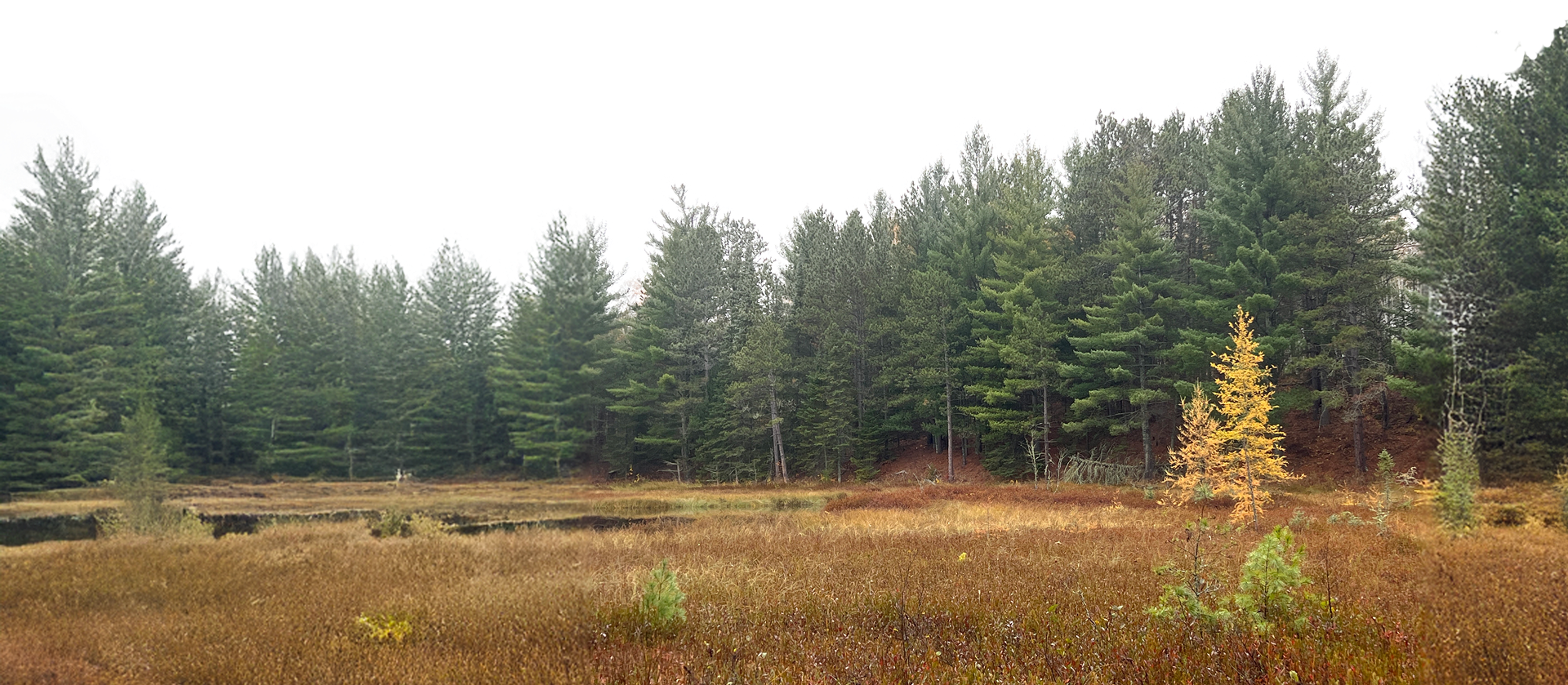
Managing the land
Working Forest Management
We restore forests by using a “Working Forest” Management approach. This includes:
- Timber Harvesting
- Replanting
- Natural Regeneration
We also tend to and periodically thin the forest, especially of competing brush and short-lived saplings, as well as bud capping to prevent deer browsing. This promotes the establishment and enhancement of biodiversity and longer-lived trees such as white pine, red pine, and spruce.
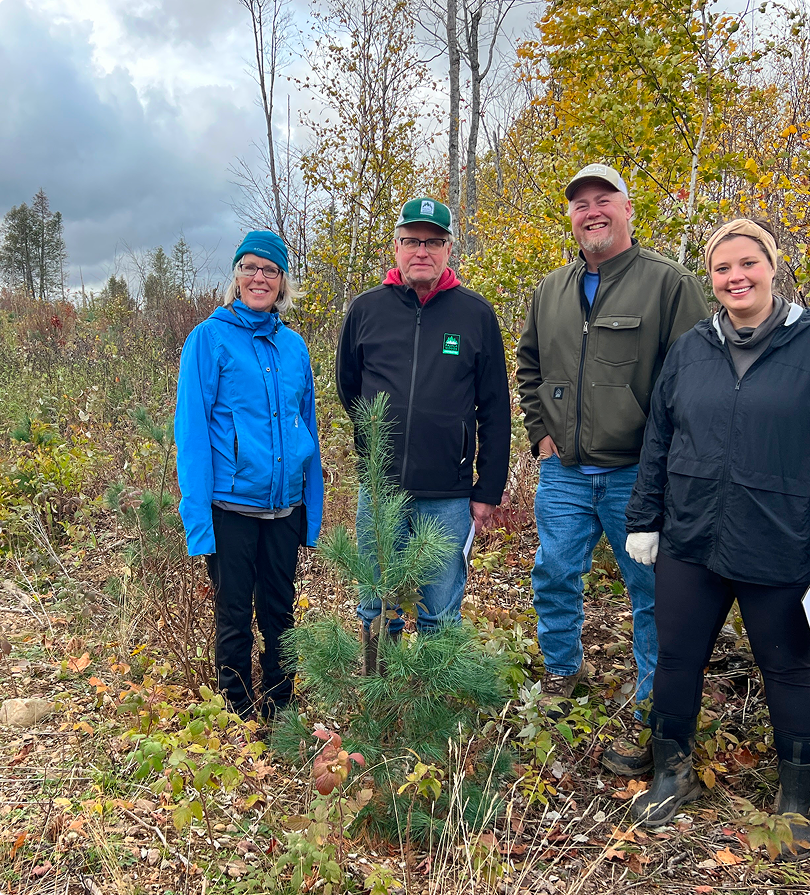

The benefits of long-living tree species
They can live several hundred years, sequestering atmospheric carbon longer than short-rotation tree species, like aspen and balsam fir. Since the end products of long-lived species are typically durable wood products, such as saw boards or timbers, carbon remains sequestered even after harvest.
More than just a positive environmental impact
While the ecological benefit of long-rotation forests in some areas is clear, we also know that many people want to visit and regenerate old-growth forests.
Our land management philosophy, including the establishment of conservation easements, means RWF lands are open for public use and enjoyment, including hunting and fishing. We also strive to develop walking trails and access points without compromising their natural character.


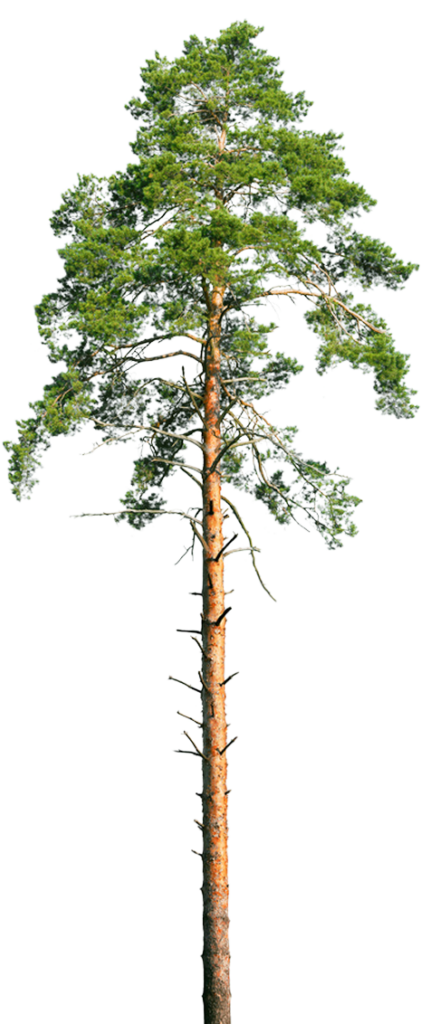
Sitemap | Privacy Policy | Website by The Cultural North
